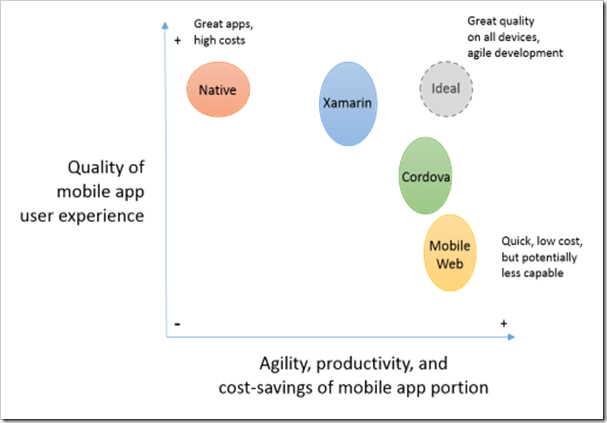Running twurl on Windows
This post will sound ridiculous to some people, "what's so hard about running twurl on Windows"? Actually nothing, once you know what to do.
Twurl (OAuth-enabled curl for the Twitter API) is a very helpful command line utility used to reach out to the Twitter API. If you're familiar with the twitter API and basically any OAuth API, handling the signing of every request can be painful, at least until you get it right the first time.
I use twurl to see what an actual good request to the API looks like, so after I get the good sample I use fiddler to debug my shelltwit requests and compare the two of them.
So, how do I use twurl? There are many ways, being one of them getting the source files and building the project yourself out of Github.
But probably the easiest way is to use the "compiled binary" (actually, it is not a binary nor compiled).
Twurl can be installed as a Ruby Gem. What does that mean? I have no idea. Well, I do have an idea but a really good way of explaining since I'm not a Ruby wiz.
Cut the crap already!!! okay, okay, I'll assume you're familiar with Chocolately, if you're a Windows "power user" you really need to get to know it.
So, first things first... you need to install the Ruby environment on your machine, so, open your favorite command line shell as Administrator and type
choco install ruby
There, ruby is now installed. Now you need to install twurl and since it's a Ruby gem this is what you you need to do
gem install twurl
And that's it, that will install the twurl gem and now you can use twurl from your command line to, for instance, upload an image to twitter like the following
twurl -H upload.twitter.com -X POST "/1.1/media/upload.json" --file "/path/to/media.jpg" --file-field "media"
Cool uh! Let me know if you found this post useful





